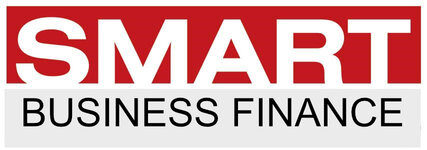The terminology used in the invoice finance world can be very confusing, particularly for those who haven’t used the service before.
Essentially, there are two main elements when it comes to working out the costs of a facility:-
- Service Fee – is the cost of providing a facility and is charged as a percentage of the turnover passed through the facility including any VAT element (and is usually subject to a monthly minimum fee);
- Discount Charge – is the interest charged on the amount the client has drawn down at any one time from invoices assigned. This is like the way overdraft interest is charged. The rate is an annual rate but calculated on the daily balance outstanding.
By way of example (and figures do vary from case to case) a business who decides to use invoice finance may have gross turnover (ie including VAT) of £1m. It is paid, on average, in 45 days for invoices issued and would, therefore, have a sales ledger of around £123k – assuming all debts are within terms and the factor advances 85% of the sales ledger, this would give an availability of £123k x 85% = £104k.
If the business draws down £80k from the facility on average during the year at a Discount Rate of 6% and a Service Fee (for example) of 0.7%, this will lead to annual fees as follows: –
Service Fee – £1m (gross invoices passed through the facility) x 0.7% = £7,000
Discount Charge – £80k (average funds drawn down all year) x 6% = £4,800
TOTAL = £11,800 – equivalent to 1.18% of gross turnover (or 1.42% of net turnover for businesses registered for VAT)
Providing this cost can be absorbed within a business’s gross margin, it is a very cost-effective way of funding a growing business.
Other factors to consider: –
- As turnover grows, it is likely that the Service Fee can be re-negotiated at a lower percentage.
- There may be other costs such as Credit Protection, Same Day Payment Fees, Annual Review Fees, Refactoring Fees, Audit Fees and Trust Account Fees. These are usually less significant than the two main costs highlighted above, and we can offer guidance on the implication of these costs.
- For businesses with lower turnover (e.g. less than £250k per annum) some companies will offer a simple Bundled Fee which would essentially be a slightly higher Service Fee to include the Discount Charge element.
- Finally, many people we speak to confuse the Service Fee and Discount Charge by adding “one fee to the other” – in the above example, that approach would lead to the conclusion that costs are 6.7% of turnover, which clearly they are not.
We have many years of experience and are in a good position to offer help to anyone either new to invoice finance or looking at alternatives to an existing facility.
For an estimate of the fees you would expect to pay, please refer to our Invoice Finance Cost Calculator: https://smartbf.co.uk/cost-calculator/
Do not hesitate to get in touch for free advice.


